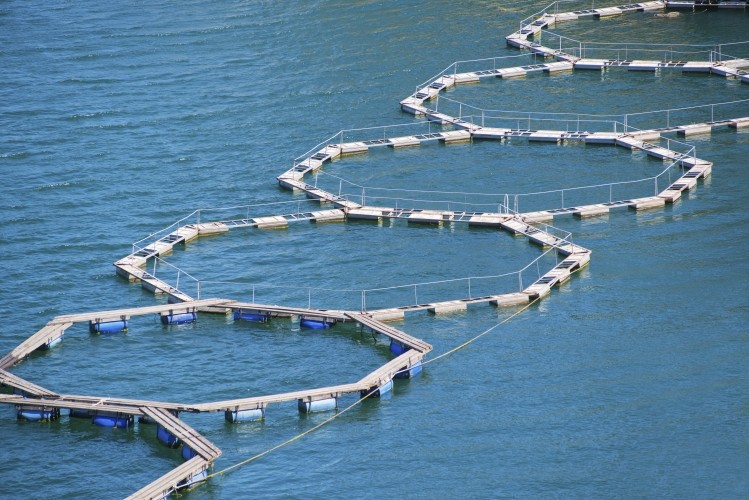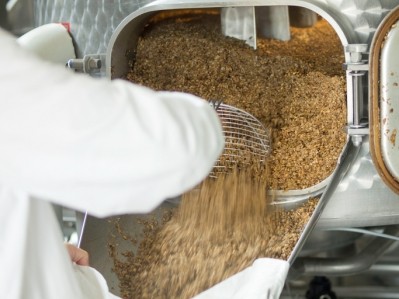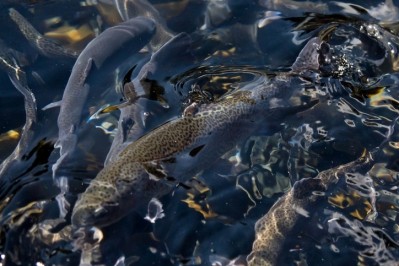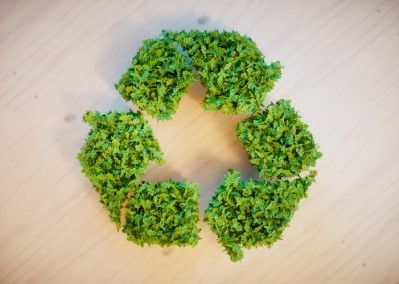US researchers recycle poultry by-product as stress-relieving salmon feed additive

A team of researchers at the University of Wisconsin at Madison has been examining alternative uses of animal by-products, including studying the potential for oil generated by the preen gland, the group said.
The team has been exploring the use of the oil, which it calls Cosajaba oil, for several years, but still has a few questions to answer before moving in the direction of commercialization, said Jake Olson, research associate in the department of animal sciences at the University of Wisconsin-Madison and corresponding research team member. “We’re pre-company right now, we still have some research going on,” he added.
“[The preen gland] produces an interesting oil, an interesting wax, but the research into that oil has been underexplored,” he told FeedNavigator. There also was an interest in finding a usable products that could be added to production systems through feed becuase it bypassing having to handle the animal or stick it with a needle, he added.
The group has found that by feeding the oil in some fish diets over a period of time there is a boost to growth, he said. However, the feed additive can be used for a shorter period to help increase fish survival rates in periods of stress.
Using the gland also recycles a low-value chicken by product, he said. “The preen gland is a by-product, it’s not only low value by-product, or no-value product, sometimes it’s just thrown out,” he added.
“For this to work we can’t go into a poultry processor and say, ‘Change your process,’ but it’s already being segregated out,” said Olson. “We basically show up and collect them off the line, and that particular aspect makes this something that’s really not disruptive to a processor.”
Cosajaba oil research
In examining the oil, members of the research group theorized that it could have anti-inflammatory effect based on some of the lipid compounds, said Olson.
The anti-inflammatory effect was observed first in arthritic mice when fed Cosajaba, he said. Adding that growth was observed in the mice as a secondary effect.
“We built the hypothesis that maybe if it’s fed it will be anti-inflammatory,” he said. “And it was, [it had a] strong anti-inflammatory effect on growth.”
Once that link had been established, the group decided that aquaculture would be a logical production system to explore for use, he said. “Over time we pivoted from growth to a stress response, as we saw growth in certain fish species and increased in survival [from] stress trials in [more],” he added.
“There’s a limited amount of preen glands that we can source,” he said. “So as far as application goes – we can feed it for a long time and get some growth effects in some species, or we can strategically feed it for a short period of time, when we know stress is about to occur, and allow the product to serve a larger demand.”
The exploration started with work in minnows and other species of fish that were relatively easy and quick to grow, he said. When team members started looking to tailor their research for specific fish varieties they initially looked toward Wisconsin-relevant varieties like yellow perch and walleye.
“The big problem is they take a long time to grow to market size,” said Olson. “We thought maybe we could improve the rate of growth to market, we did a couple of trials on that and it was looking really nice.”
However, in that process, the team also discovered the potential to improve fish survival rate in periods of stress, he said. When the researchers started to consider what species of farmed fish face the most stressors, they found that Atlantic salmon are hit with a series of stressors at the same time.
“When they hit about a year in the production process, they’re transferred from freshwater to saltwater,” said Olson. “It’s a physical transport and that is a stress, and they’re transported to seawater, which is a new environment, with new pathogens and microbes, and the outcome is after about 2 weeks to a month 10% of those fish die – it’s a costly problem.”
There has been research done on ways to improve survival, but little of that work has addressed mitigating stress, he said.
Prior to the current testing with salmon, the researchers also have run several trials with rainbow trout, which are in the same family of fish, he said. “The reason we’re pretty confident is we have a lot of data with rainbow trout, and we think that the data will translate pretty well,” he added.
Ongoing research and upcoming questions
Currently, the team is working on a trial with Atlantic salmon looking at several factors of using the Cosajaba oil, said Olson. The researchers are tracking dose response for amounts added to the fish feed, and alternative oil extraction methods.
“We have a consistent product now that we can consistently make, so we’ve done well on that end and now it’s a matter of generating some data from the fish trials,” he said. The current processing method yields about 10 to 13% by weight of the gland, he added.
The current trial diet uses about 2% oil per weight of the diet, he said. But one trial is seeking minimum effective doses.
The researchers also have been working to perfect a mechanized, scalable extraction method for the oil and to test the quality of the oil generated in that manner, said Olson.
“Our next step is we need to get some field testing down,” he said. “We have a couple of connections with Norway right now and we’re still open to bridging some connection over there and trying to identify producers who might have interest.”
Another longer-term goal will be to establish industry interest level in the product, he said.















